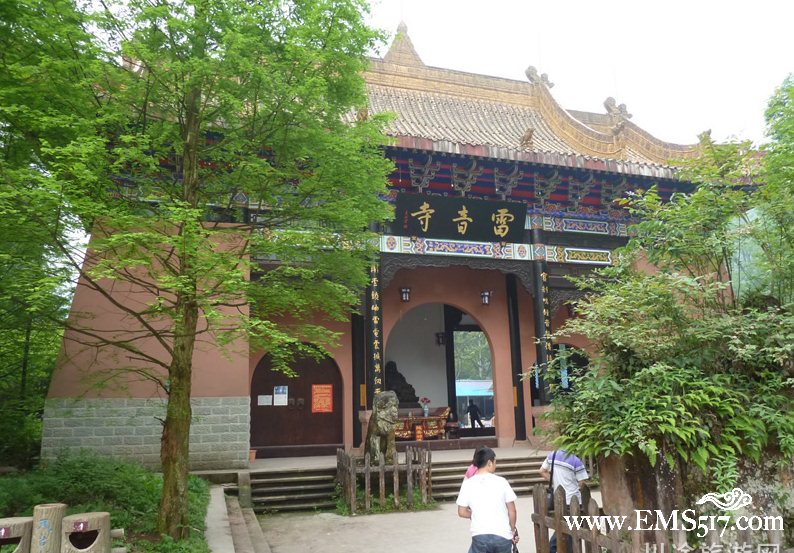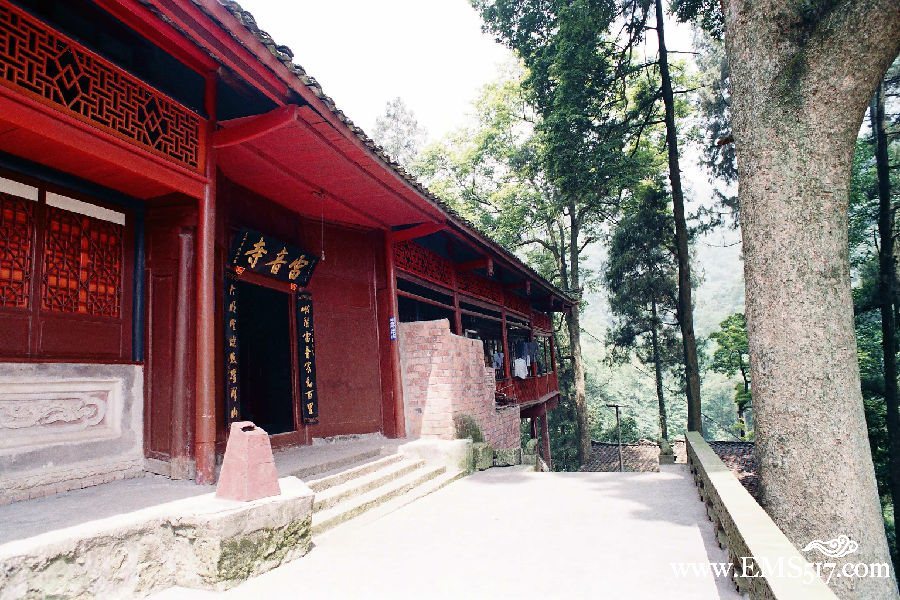Leiyin Temple
Started building in Ming Dynasty (1368-1466), it was called Moksha Temple or Guanyin ( Avalokitesvara) Hall, and renamed Leiyin Temple in 1884. The temple is built on Moksha Slope and close to the rock, making full use of the narrow landform. Stilted building enlarges the volume and dimension of the building. The furnishings in the temple are simple, with highlights on the stilted house, pillars, handrails and environmental design, balancing simplicity with complexity perfectly. The temple was built without a front gate. The first hall is Maitreya Hall, followed by Mahavira Hall, with Sakyamuni Buddha’s statue been enshrined and worshiped there. Full and round, the statue was sculptured by a Lama from Tibet invited by a modern grand master Longlian. It is the mixture of the characters of Tang statue and Tibet Buddha. With wing-rooms on both sides, a patio is formed. In 1991, a new Guanyin Hall was constructed behind Mahavira Hall, and the largest wooden thousand-hand and thousand-eye Guanyin, 4.8 m high, was enshrined and worshiped there.


